Ashton swing bridge
Ashton swing bridge
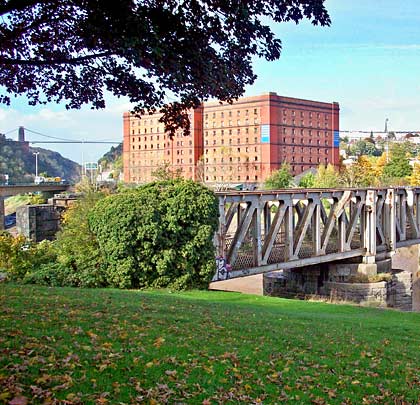
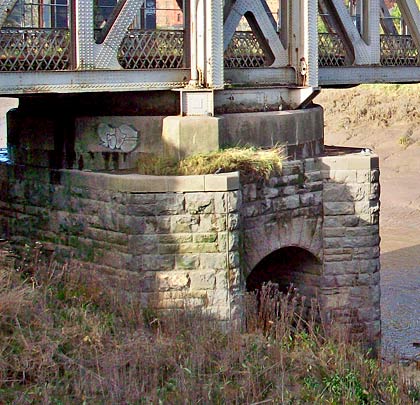
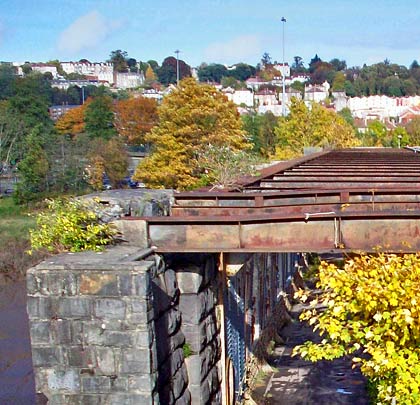
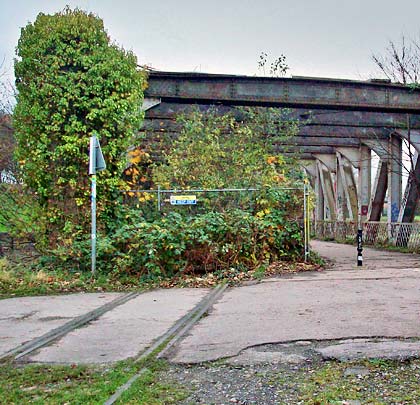
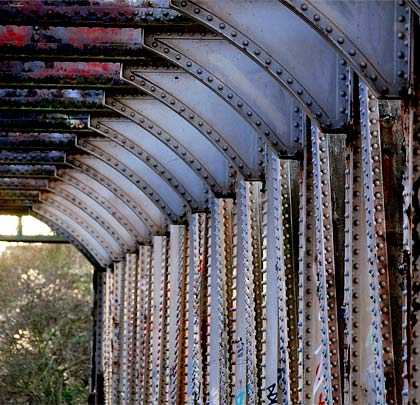
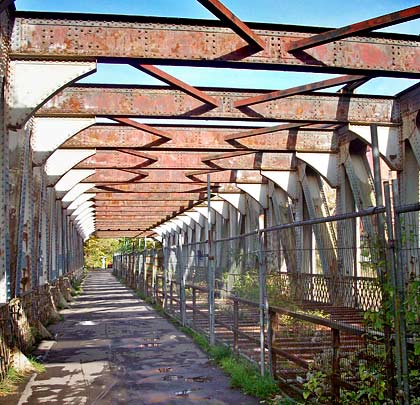
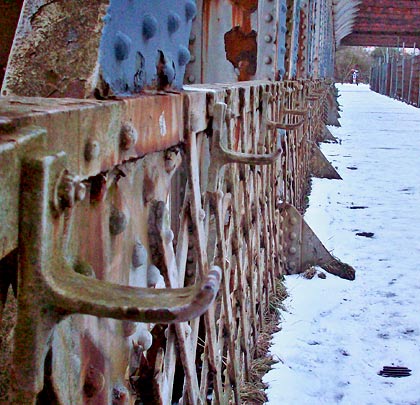
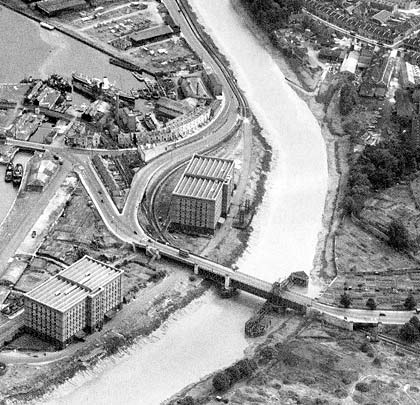








An unusual hydraulically-powered structure built for both road and rail, Ashton swing bridge was erected in 1905-6 for Bristol Corporation and the Great Western Railway. Its chief engineer was J C lnglis and the contractor John Lysaght. Armstrong Whitworth and Co was responsible for the hydraulics.
Comprising 1,500 tonnes of metalwork and reaching 582 feet across the river, it cost £70,389 to build (£50,000+ above the original estimate) and opened on 3rd October 1906, forming part of the Great Western’s freight-only Wapping Wharf Branch. Its abutments are formed of squared rock-faced limestone, with two piers – the southern one supporting the swinging apparatus.
The Whipple Murphy truss moveable span, which has remained shut since February 1934, is 202 feet in length and weighs in at 1,000 tonnes. It could open both ways, with a reversible motor housed in a signal cabin perched above the road deck. The hydraulics drained the dock system of 182 gallons of water every time the bridge opened – and, on average, it did so ten times a day. The mechanism was interlocked with the signal boxes on either side of the river, making it impossible for signals to be cleared unless the span was locked in the closed position.
Bristol Corporation rescinded the railway’s obligation to maintain the swing aparatus in 1951, since which time is has been fixed shut. The road deck and signal cabin were removed following the completion of new local roads in 1965.
The railway was single-tracked in 1976 and shut completely in the mid-1980s, possibly 1983. It was however visited by GWR Pannier Tank 1369 in 1996. Today the bridge is used as part of a footpath.
(Synwell and Brizzle Born And Bred’s photos are used under this Creative Commons licence.)







